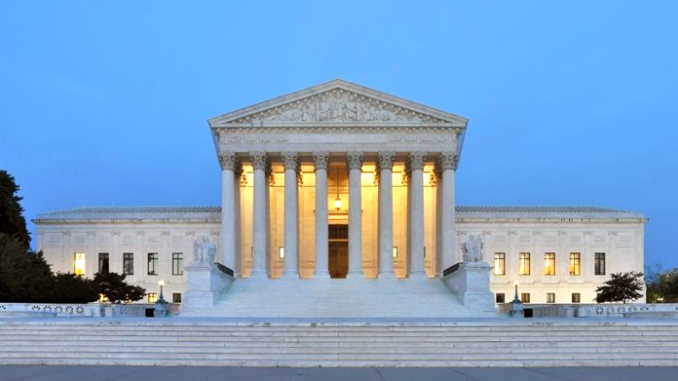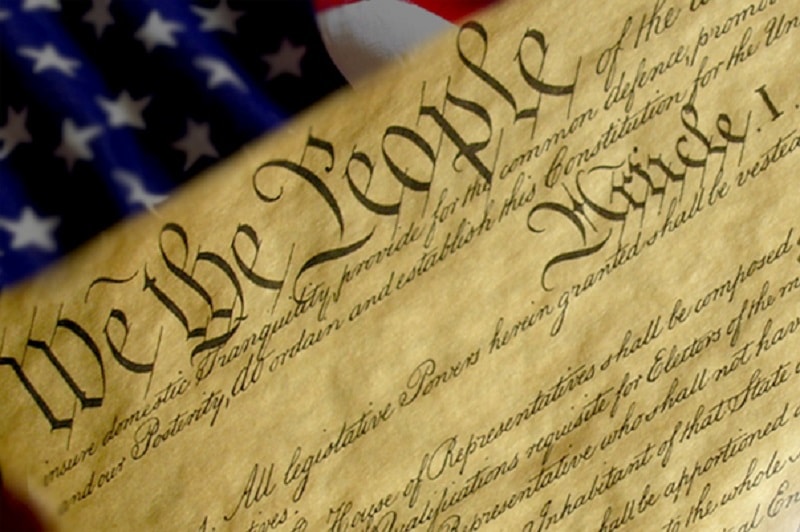Supreme Court
By watching the videos about the Supreme Court, I learned more about the process in which the it conducts its business. The supreme court must wait for complaints to be brought it, the nine justices do not seek out problems to resolve. First, an appeal is made against the ruling from a lower court. This means that the party who is appealing the ruling is requesting certiorari.
Certiorari is "a writ or order by which a higher court reviews a decision of a lower court." Next, the Supreme Court has the power to decide whether it will hear the case or dismiss is. If they decide against hearing the case, it is implied that certiorari was denied to the party which requested it, as the court ruling was deemed constitutional. Contrastingly, if they decide to hear the case, then a date is set for an oral argument. Once the oral argument takes place, the lawyers from two opposing parties each have thirty minutes to speak. During this hour, the judges ask the lawyers difficult questions to determine whether or not the ruling was unconstitutional. Next, all nine justices vote on the case, private from everyone except each other. Then, a judge from the side of the majority vote drafts an opinion over the course of a few weeks. Finally, all that is left to do is find a general consensus among all of the justices. Like the video mentions, "
compromise is inevitable."
One aspect of this video that surprised me was how lengthy this process is. It was stated that once the judges have voted, it takes about four weeks to create the first draft of the detailed opinion. Due to the importance of each ruling, this would make complete sense as the opinion will be "binding" to all future cases. The judges must give thorough and tremendous consideration to the written opinion, as it will serve as a precedent. I think that this would be an extremely difficult job to handle due to the responsibility of interpreting the constitution, and creating detailed guidelines for states, congress, and the president to abide by. The position holds even more pressure when one considers how different the constitution is today than when it was created. The constitution was made at a time when the people it addressed did not account for women or African Americans. Since then, rights have been added through amendments. It would make me extremely anxious to be in charge of comparing cases to a document that is over two-hundred years old, with a meaning that pertained to a different time period and body of people.
The most important takeaway from my new knowledge of the Supreme Court is that there is slim to no chance that the Supreme Court can be unfair towards individuals. The structure of nine justices makes it so that there has to be a majority vote and the deliberation that occurs after voting ensures that every decision has been well thought out. Additionally, another takeaway that changed how I view the Supreme Court, is that the justices are normal people like you and me. I had always viewed members of the Supreme Court as individuals above society, untouchables if you will. Although, in all reality they are people from society, that are able to relate to and understand the needs of the people. I thought that the video explained it perfectly; "the judges opinions are only influenced by the constitution and by their conscious." They have no ulterior motives or personal gain and making unfair decisions would result in the loss of trust from the people, and therefore the loss of power.



No comments:
Post a Comment